Draw both the organic and inorganic intermediate species. Include nonbonding electrons and charges where applicable.
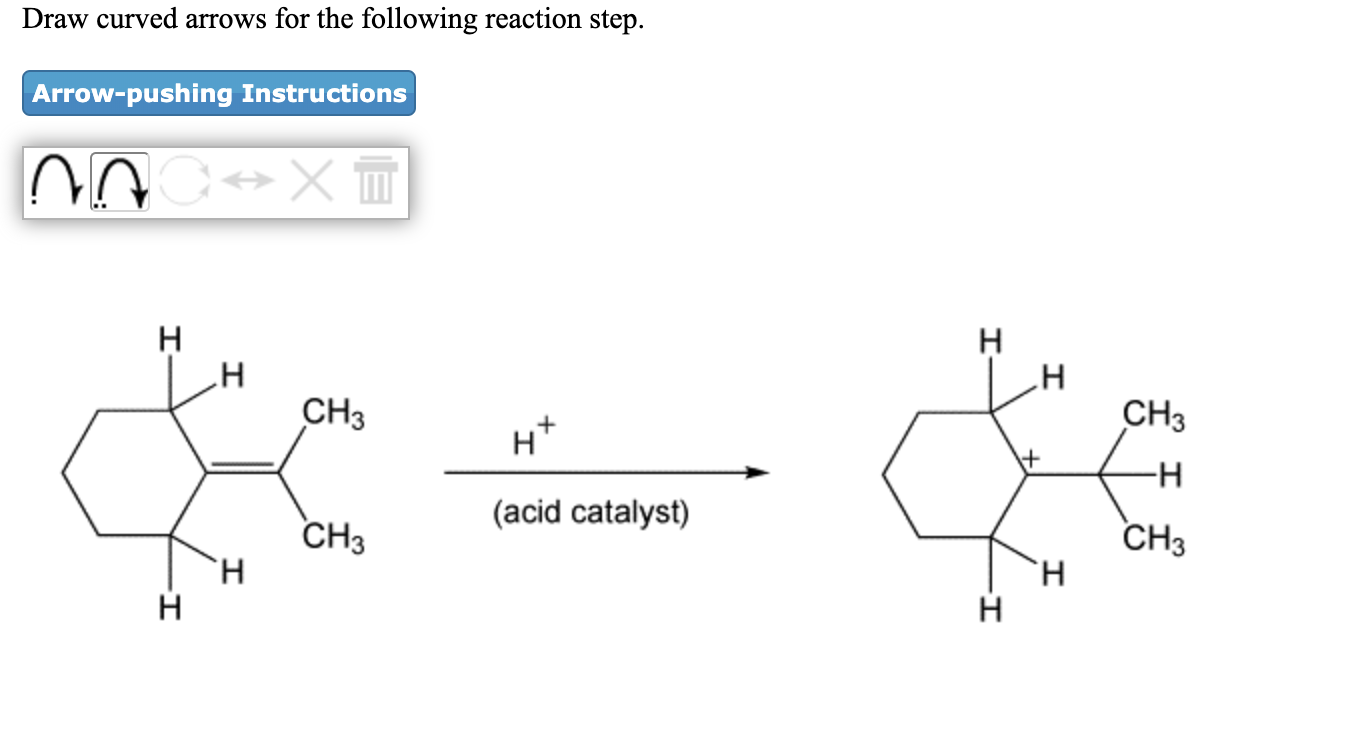
Solved Draw Curved Arrows For The Following Reaction Step Chegg Com
Drawing Curved Arrows for Polar Reactions.

. Answer to Draw curved arrows for each step of the following mechanism. And this problem asked us to draw the products of each of the following reactions following the curved arrows. Remember curved arrow is the flow of electrons.
So in this question were given to reactions were in part they were given the reaction between benzene and Turk. And this problem asked us to draw the products of each of the following reactions following the curved arrows. Markovnikovs rule describes where H adds.
Everyone to their during problem six point twenty eight. Students also viewed these Sciences questions Reaction of 2-methylpropene with CH3OH in the presence of H2SO4 catalyst yields methyl tert-butyl ether CH3OC CH33 by a mechanism analogous to that of acid-catalyzed alkene hydration. Solution for Draw curved arrows to show the movement of electrons in this step of the reaction mechanism.
Everyone to their during problem six point twenty eight. Predict the products of the following reactionsa. Problem fifty four Chapter six and this gives us a problem.
Double-headed curved arrows show that two electrons at the start of the arrow move to the position at the end of the arrow. Answer to Solved Draw curved arrows for the following reaction step. Mechanism 2 For the following reaction mechanism draw in the curved arrows for each step to show appropriate electron flow.
N-H HO HH N o H HO H -N OH H2O Step 1 Step 2 Step 3 Step 4 HH H2O NOH H30 Step 6 Step 5 NH2 Q21a - Mechanism - Step 1 Homework Complete Step 1 of the electron pushing mechanism by adding curved arrows to. When H adds to one carbon of the alkene the other alkene carbon becomes charged. Ends Instruction asks us to de.
See the answer See the answer See the answer done. So the base of your arrow So the base of your arrow is the origin of two left France and the head of the arrow is the flow where those two electrons were going to. Draw curved arrows for the following reaction step.
For the following reaction. Today were doing one of the challenging problems. Lone pairs and bonds are both.
Solution for Draw curved arrows to show electron reorganization for the reaction step below. So the base of your arrow So the base of your arrow is the origin of two left France and the head of the arrow is the flow where those two electrons were going to. Draw in the curved arrows and lone pairs for the following reactions.
Remember curved arrow is the flow of electrons. An arrow can start from a lone pair or from a bond σ and π and can end on an atom as a lone pair or a σ bond or on a bond as a π bond. Ah tribunal cat eye on A.
This problem has been solved. Add curved arrows for the first step. Once you are certain that you can do an S_N2 reaction the three main requirements are met you need to draw the mechanism.
Draw curved arrows to show the movement of electrons in this step of the reaction mechanism. PtsH₂g 1 atm2H. Draw curved arrows for each step of the following mechanism.
Get the half and net reactions of the following cell diagram. The bask steps are the leaving group leaves as the nucleophile adds. Skip to main content.

Solved Draw Curved Arrows For The Following Reaction Step Chegg Com
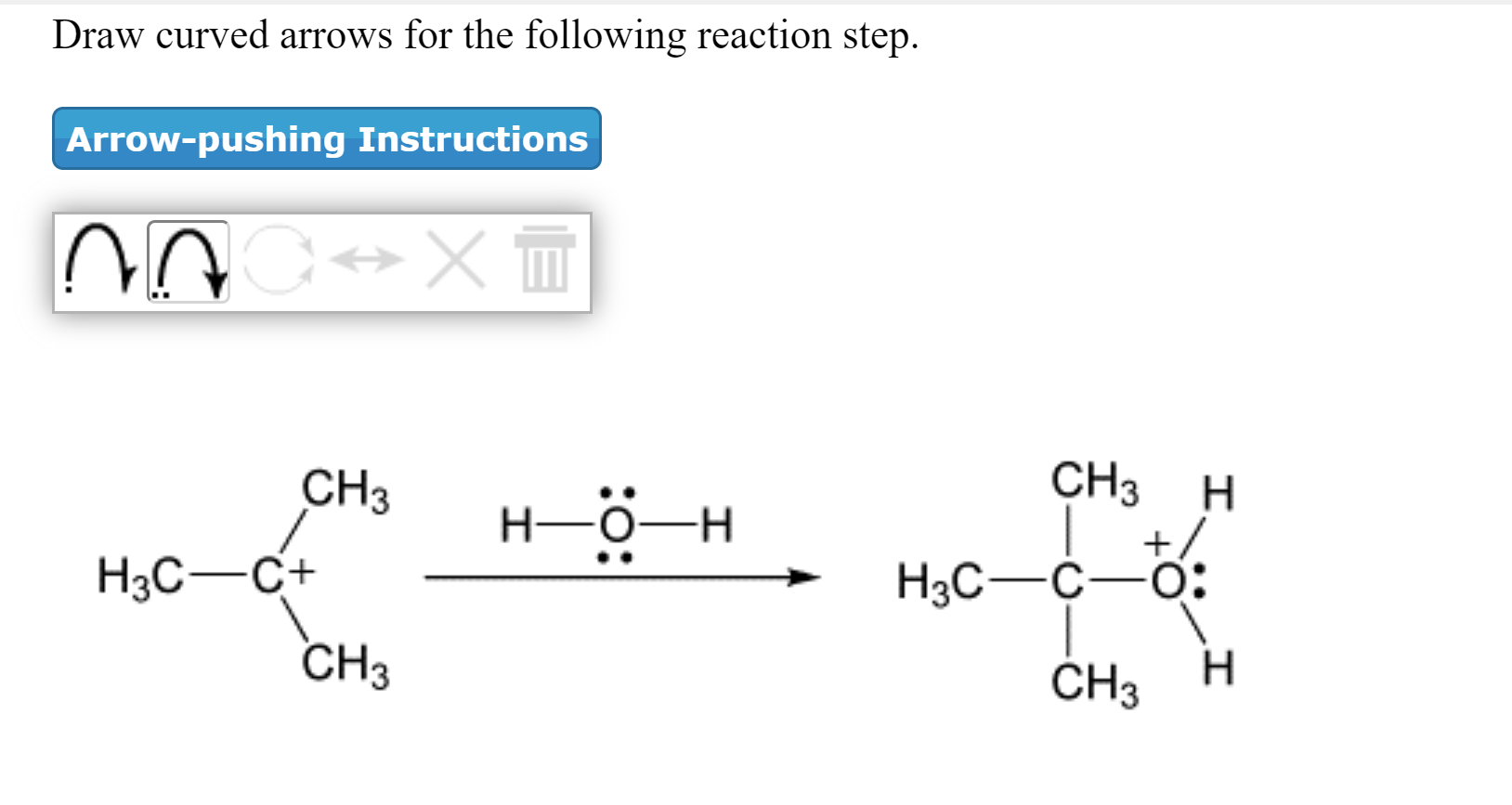
Solved Draw Curved Arrows For The Following Reaction Step Chegg Com

Solved Draw Curved Arrows For The Following Reaction Step Chegg Com

Solved Draw Curved Arrows For The Following Reaction Step Chegg Com
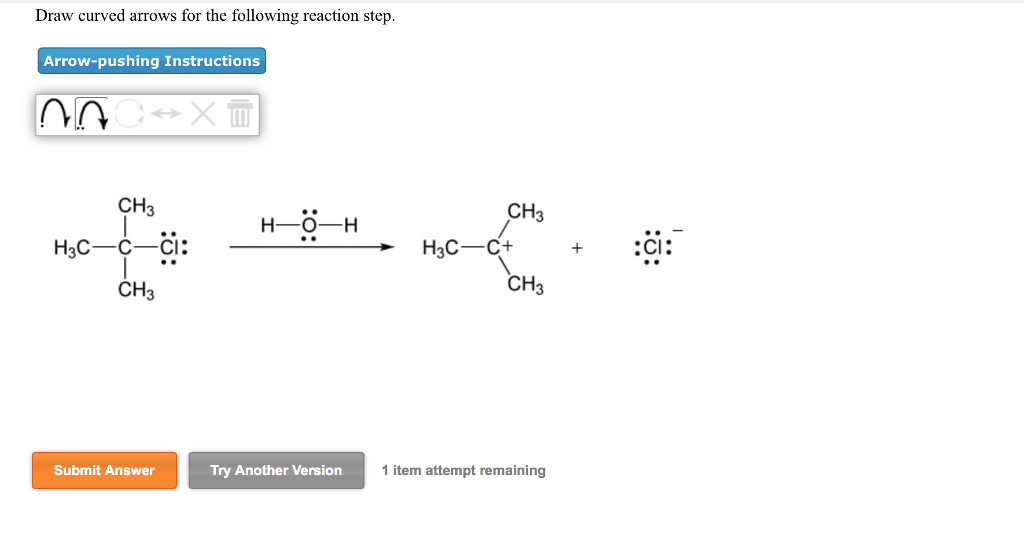
Solved Draw Curved Arrows For The Following Reaction Step Chegg Com
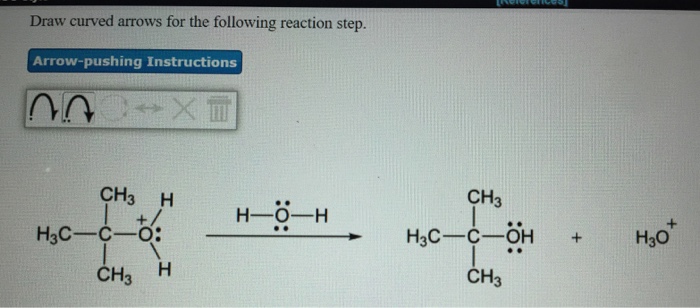
Solved Draw Curved Arrows For The Following Reaction Step Chegg Com
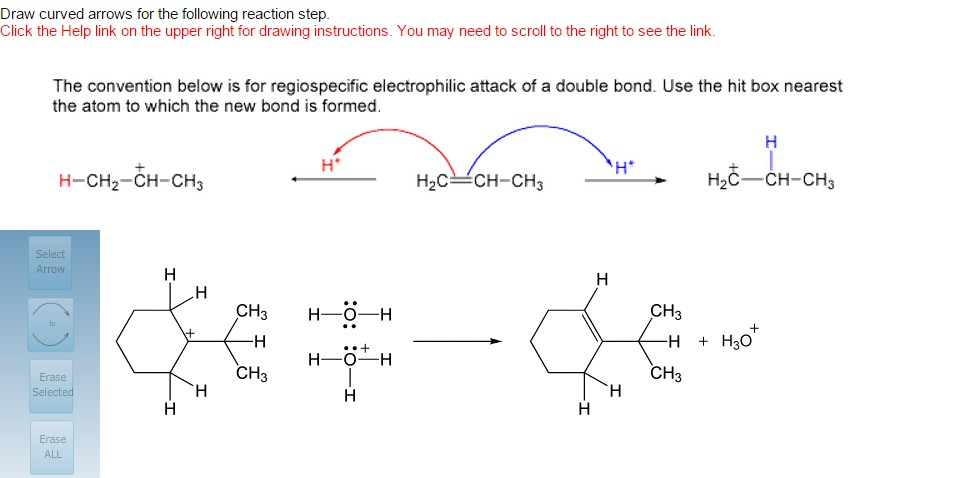
Solved Draw Curved Arrows For The Following Reaction Step Chegg Com
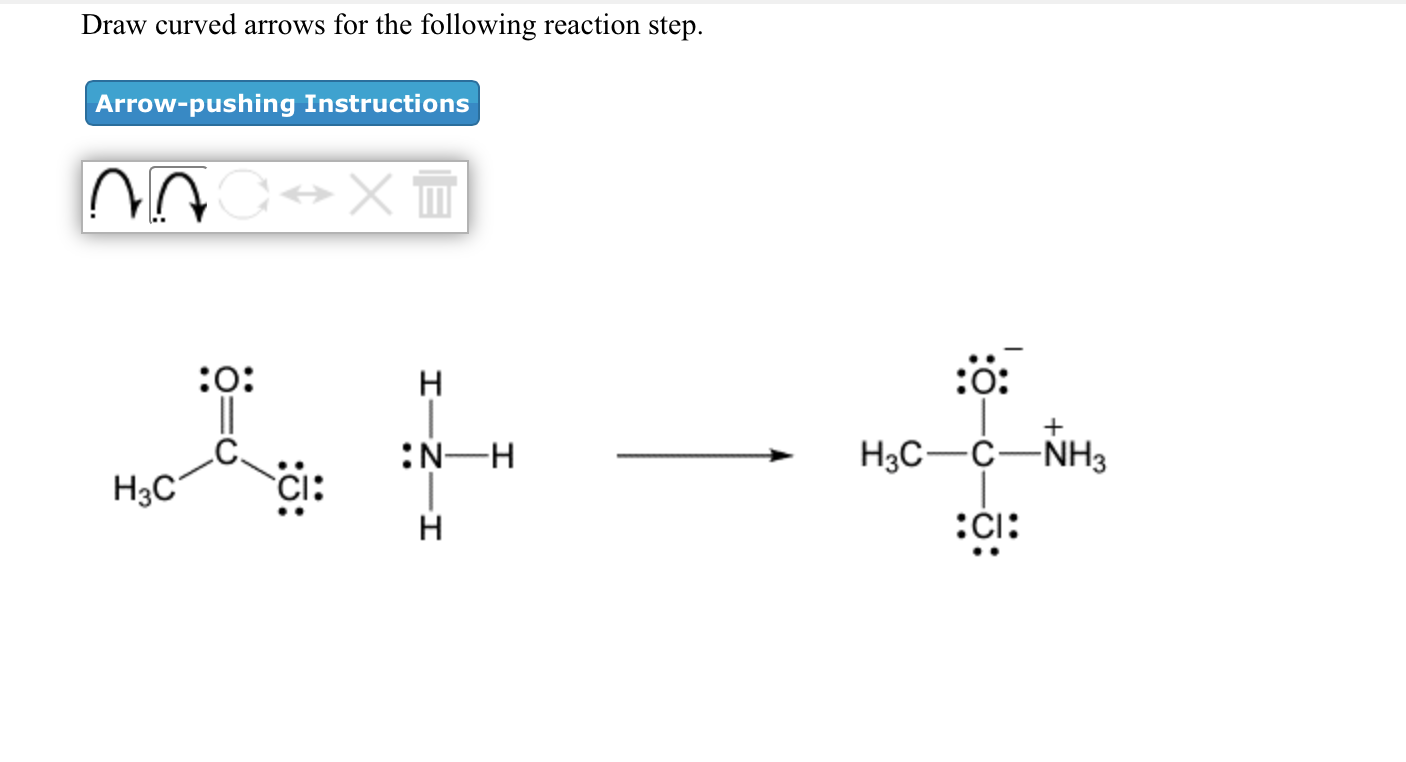
Solved Draw Curved Arrows For The Following Reaction Step Chegg Com
0 comments
Post a Comment